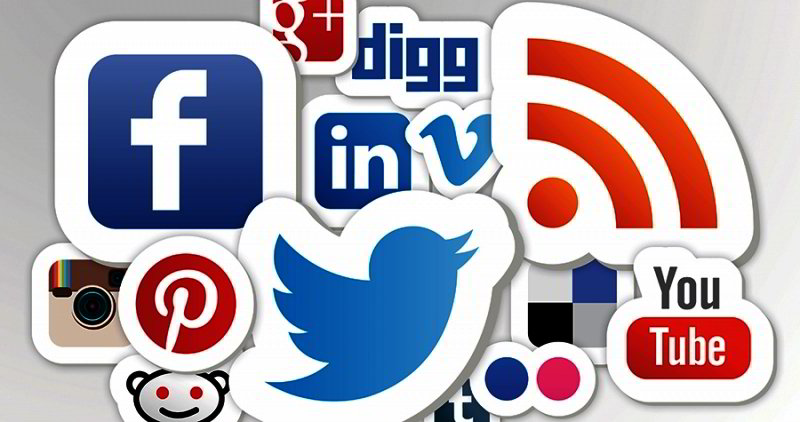Are you using the right tools and tricks to monitor your social media campaigns? What metrics are the most important for social media performance? How can you use social media analytics to improve your campaigns? What most people find, eventually, is that the analytics they’re measuring and assigning significance to are often less important than they think! And incorrectly measuring and assessing campaigns is one of the primary reasons for social media marketing failures.

We all know that monitoring social media analytics is how you measure success or failure in your social media marketing activities. But how to do it well is more difficult than it seems! We’ve gone through some of the best information available to gather the best tips, tricks, and tools to tell you what and how to measure your social media analytics.
Nail Down a Direction
First, it’s important to remember what the objective of the social media campaign is. Different objectives will mean measuring different metrics. For example, if the ultimate goal of your social media marketing is to get more subscribers to a website, one of the most obvious metrics to measure would include how much new traffic to your website is being generated by social media marketing activities. It’s almost impossible to monitor all possible variables; but even more significant, doing so is a waste of your time. When you’ve nailed down the objective of the campaign, you can use that to indicate what you should measure.
What to Measure
In general, here are the varying possible metrics to measure with social media analytics.
Audience Size. Your audience size absolutely matters, especially if you’re wanting more and more people on social media to see your posts. In most cases, audience size is either increased by using paid advertising and PPC, or organically by posting more, and increasing engagement and shares naturally.
Audience Profiles. This is basically the demographics of your audience. Especially if you’re after a targeted niche, narrowing down your audience profile can have an immense positive benefit, ensuring that the people most likely to interact with your posts are the people you are targeting. This can be anything from age to career to lifestyle demographics.
Audience Engagement. Engagement is how many clicks, likes, shares, or reactions your social media posts receive from your audience. Engagement is an important metric because it influences how often your posts are shared with potential new audience members. The more engagement, generally, the more people will see your posts. But just because individuals don’t engage doesn’t mean that they won’t interact with your brand.
Traffic Generation. Traffic generation is how many times an individual clicks from your social media posts to links within it. Traffic and link clicks are primarily the best way to gain visitors to your website, which can then translate into things like sales or subscriptions.
Content. It’s usually not enough to just post anything which comes to mind; your content must be consistently analyzed to determine what sorts of content produce which kinds of effects. Comparing single-image to multiple-image to video posts can yield a lot of significant information, so never forget to zero in on content analytics.
The Bottom Line
There are thousands of different possible metrics to measure in any social media marketing campaign. But to ensure that you’re not bogged down with unnecessary analysis, you can typically break down the best elements and metrics to measure based on the objectives of a specific campaign. Audience Size, Profiles, Content, Traffic Generation, and Audience Engagement are some of the most significant factors to look for. For those wanting to build the audience on their social media avenues, engagement and audience size are great metrics to consider. For those wanting to increase the efficiency of their social media marketing, looking at audience profiles and content is highly recommended. And for those who want to increase end metrics like sales, conversions, or subscriptions, traffic generation is king!




